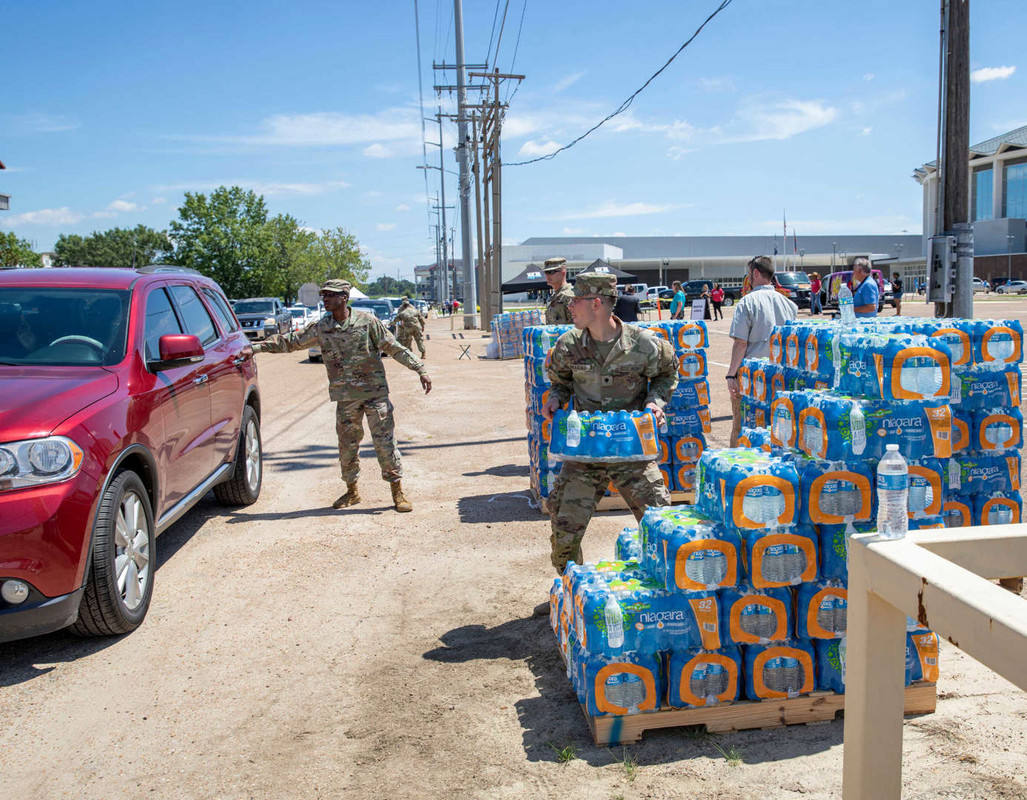Atlanta's water crisis demonstrates that drought threats extend far beyond the American West, with the city embroiled in decades-long legal battles over water rights. Another factor in the amount of water that could be available to Atlanta in the future is the fate of lawsuits filed by Florida and Alabama.
The three states have fought for decades over how much water Georgia can take from the Apalachicola-Chattahoochee-Flint basin and the Alabama-Coosa-Ta These interstate water wars reflect the increasing competition for limited water resources across the Southeast. The city's water situation is complicated by rapid population growth in the metro area.
Since 2001, the area's population — now at 5.8 million in the metro area — has grown by more than 1 million people while water use has declined 10 percent, he said. While conservation efforts have helped reduce per capita water use, the overall demand continues to grow with the expanding population.
Officials say water conservation is a critical element in meeting current and future water needs of the entire area — not just Atlanta's. Atlanta uses only 1.3 percent of the water from the Apalachicola-Chattahoochee-Flint basin, according to Jim Jaquish, senior communications coordinator with the Atlanta Regional Commission, and it returns about two-thirds of that to the river after it has been treated.
Despite these relatively modest usage rates, the city remains vulnerable to drought conditions and legal challenges from downstream states.
Miami, Florida - The Rising Seas and Saltwater Intrusion
Miami faces a unique water crisis that combines traditional drought concerns with the emerging threat of saltwater intrusion from rising sea levels. The threat of saltwater intrusion increases during a drought, which California is facing more of under a worsening climate crisis.
When water supply is low, groundwater is over-pumped from coastal aquifers, disrupting the balance between inland freshwater and ocean water. As groundwater levels drop, saltwater seeps in and fills in the gaps in the soil where freshwater used to be.
This dual threat makes Miami's water situation particularly precarious. Storm surge and floods can also push saltwater far inland, according to the US Department of Agriculture.
And with climate change increasing the potential for weather whiplash, dramatic shifts in periods of drought and high precipitation, in California, saltwater intrusion is becoming an increasing threat for people living along the coast like the Huttons. While this example refers to California, the same principles apply to Miami's coastal location.
The city's vulnerability extends beyond immediate water supply issues to broader infrastructure concerns. When sea levels rise, summers become hotter or heavy rains lead to more flooding, the country's water infrastructure – largely built last century and only designed to last roughly 75 years – will be more strained than ever, threatening a system vital to human life.
Miami's position at the front lines of climate change makes it a bellwether for coastal cities facing similar challenges.
Jackson, Mississippi - The Canary in the Coal Mine
Jackson, Mississippi's water crisis serves as a stark warning of what happens when infrastructure fails completely. Most of the city's 150,000 Jackson residents have been on a boil water notice since July 29 because the state health department found cloudy water that could cause digestive problems.
Many were left without any water at all after a major pump at the city's main treatment facility was damaged in late August. The water crisis was a result of decades-long neglect, with a failing water treatment system that had a history of equipment failures and issues, according to Jackson Mayor Chokwe Antar Lumumba.
The complete breakdown of Jackson's water system represents the extreme end of America's water infrastructure crisis. The city could not produce water for necessities as important as fighting fires or flushing toilets.

Residents lost access to water for roughly a week before water pressure was restored Monday. This total system failure illustrates how quickly water security can collapse when infrastructure maintenance is deferred.
What happened in Jackson, experts say, is a bellwether for what's to come if America continues to kick the can down the road in addressing its aging and crumbling water infrastructure. The climate crisis threatens to make those issues even more pressing.
Jackson's experience serves as a warning to other cities facing similar challenges: the consequences of inaction can be catastrophic, affecting every aspect of daily life for hundreds of thousands of residents. The water crisis facing these ten cities represents just the beginning of America's reckoning with climate change and decades of infrastructure neglect.
From the concrete deserts of Phoenix to the bayous of Houston, from the gambling halls of Las Vegas to the music venues of Austin, these cities stand at the precipice of a water emergency that could reshape the American landscape by 2030. The question isn't whether these cities will face severe water shortages - it's whether they'll be ready when the taps run dry.
